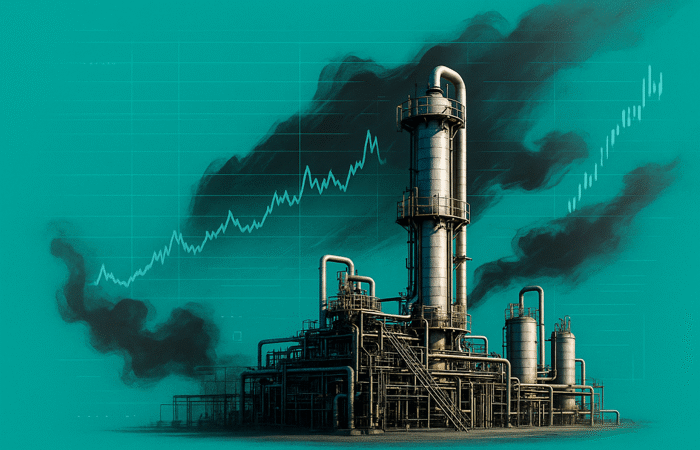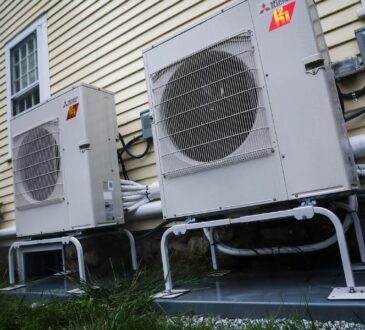
Will Warm Weather and Higher Storage Halt the Rally?
Natural gas futures pulled back on Wednesday after updated weather models pointed to above-average temperatures across the U.S. from November 1–5. Atmospheric G2 noted that this shift should lower short-term heating demand, triggering long liquidation after prices briefly touched a three-week high.
Adding pressure, the market is anticipating a storage build of +78 to +83 Bcf for the week ended October 17—above the five-year average of +77 Bcf. If confirmed, this would reinforce concerns of strong supply entering the shoulder season. Last week’s EIA report showed a build of +80 Bcf, which undershot expectations, giving prices a short-lived lift.
Production and Supply Growth Add Bearish Weight
Fundamentals remain tilted bearish with production at near-record highs. BNEF data showed lower-48 dry gas production at 107.1 Bcf/day on Wednesday, up 3.9% year-over-year. LNG export flows held firm at 16.4 Bcf/day, while pipeline exports to Mexico reached a record 7.5 Bcf/day in May.
The EIA recently raised its 2025 U.S. production forecast to 107.14 Bcf/day, while active gas rigs stand just shy of a two-year high at 121. With inventories already 4.3% above their five-year seasonal average and only marginally higher year-on-year, supply remains adequate heading into winter.
Power Demand Offers Some Support
One supportive datapoint came from the Edison Electric Institute, which reported a 4.0% year-on-year increase in U.S. electricity output for the week ending October 18. However, with gas demand at 73.8 Bcf/day and warm forecasts in focus, it may not be enough to counter bearish storage and production trends.




